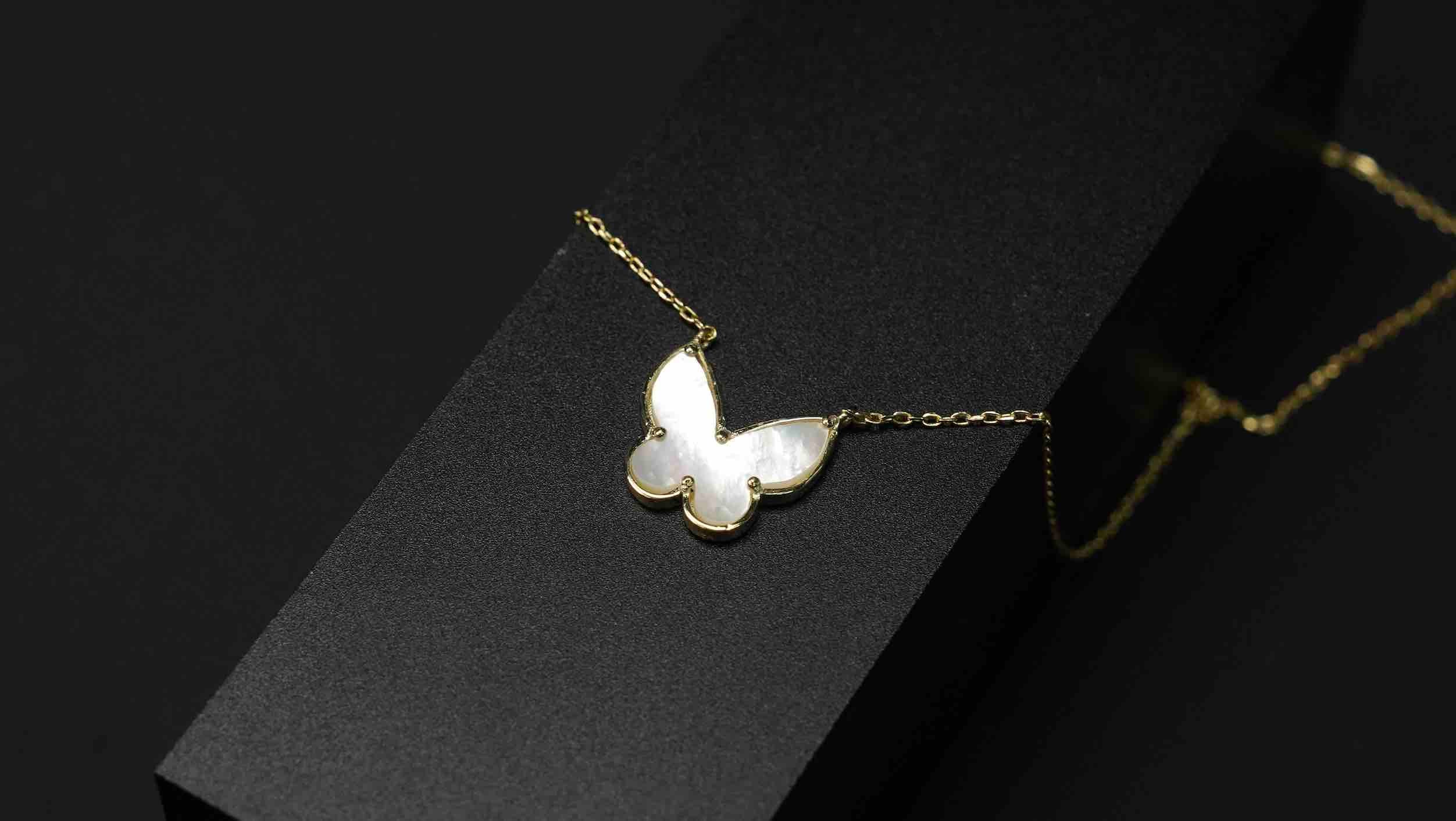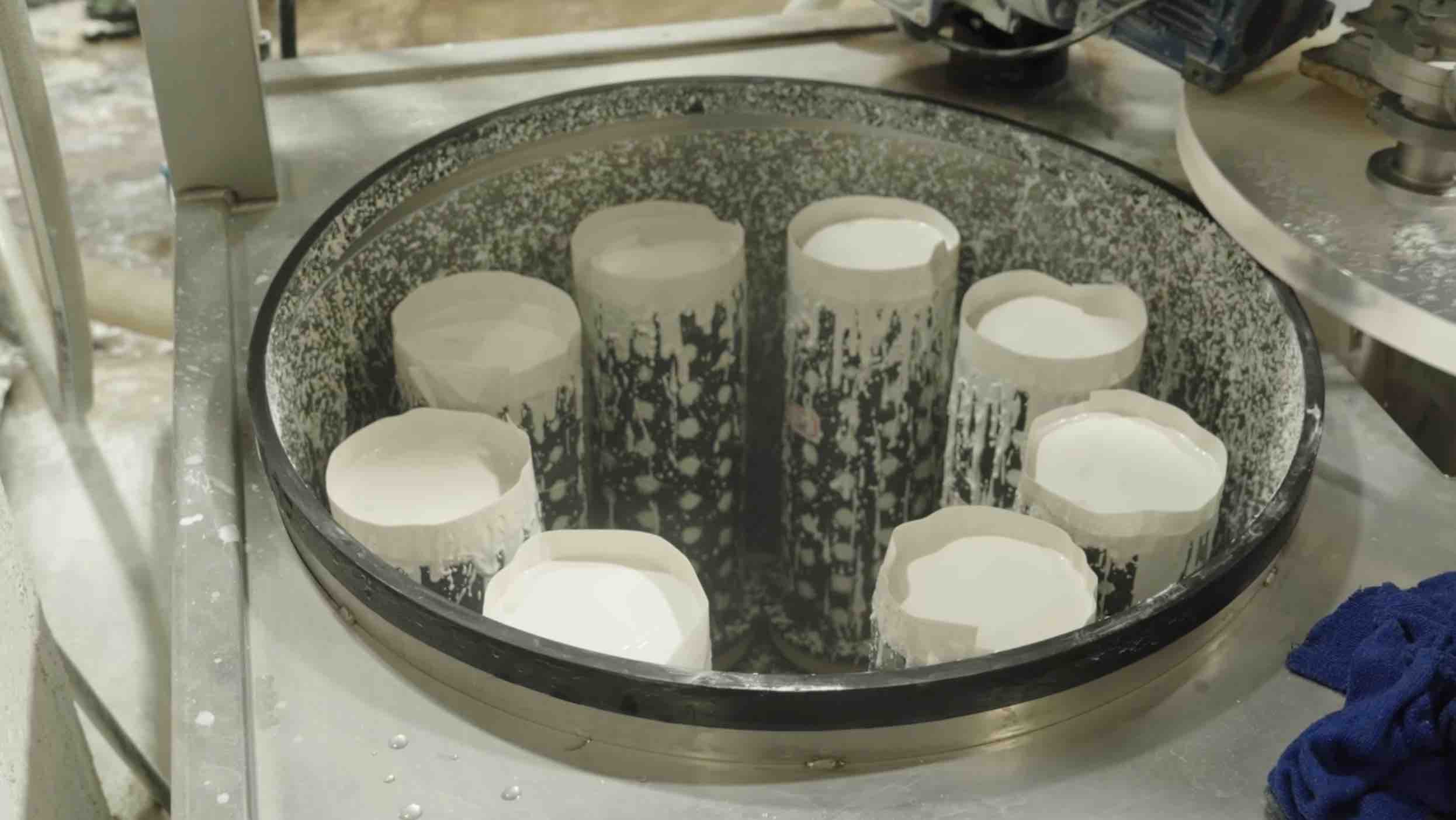How to Choose the Right Jewelry 3D Printer?
3D printing is revolutionizing the jewelry industry. From small independent designers to large factories producing hundreds of designs, more and more jewelers are turning to 3D printing to achieve faster prototyping, greater customization, and higher production efficiency. However, when it comes to buying a jewelry 3D printer, questions quickly arise: should you choose DLP, MJP, SLA, or FDM technology? Is a desktop resin printer enough, or do you need an industrial wax printer?
In reality, the right 3D printer depends largely on the user’s needs. For designers who prioritize creativity and intricate details, a small DLP resin 3D printer offers high resolution and low maintenance costs, making it ideal for studio-level prototyping and precise, detailed designs. Jewelry manufacturing factories, on the other hand, focus more on production efficiency and casting reliability. Traditional wax injection machines are inexpensive but rely on molds and have limited precision, making them unsuitable for complex designs. Increasingly, factories are turning to MJP (MultiJet Printing) wax printers, which allow direct printing of castable wax models without molds, balancing cost efficiency with production flexibility.
Additionally, some jewelry brands and retailers are using small resin printers to quickly produce custom samples, offering a more interactive experience for their customers. Printing service providers and educational institutions select printer technologies based on their specific use cases, combining different systems to meet diverse teaching and business needs.
In short, 3D printing is transforming the jewelry industry from traditional hand-carved wax models to a digital, personalized, and highly efficient production workflow. Choosing the right jewelry 3D printer for your business is the critical first step in making this transition successful.
Why 3D Printing Is Transforming Jewelry Manufacturing
Traditional jewelry manufacturing has long relied on wax injection and mold-making processes. Every time a design is modified, jewelers must recreate the mold, inject wax, and manually refine the model — a complex and time-consuming workflow that increases labor and material costs while limiting design innovation. The rise of 3D printing has completely revolutionized this system.
With digital modeling and high-precision printing technology, jewelry designers can now produce detailed prototypes directly from CAD files without the need for molds. They can quickly verify shapes, proportions, and intricate details, and even print castable resin or wax models ready for investment casting — enabling a seamless transition from concept to final product.
The key advantages of 3D printing for jewelry include:
- Greater design freedom: Enables the creation of complex geometries that are nearly impossible to achieve through hand carving.
- Faster prototyping: Transforms a digital design into a physical model within just a few hours.
- Lower production cost: Eliminates the need for mold fabrication and extensive manual labor.
- Flexible customization: Perfect for personalized engagement rings, niche jewelry lines, and artistic creations.
For jewelry designers and manufacturers alike, 3D printing is no longer just a tool — it has become a driving force of innovation, accelerating the industry’s shift toward digital craftsmanship and personalized production.
Key Factors to Consider Before Choosing a Jewelry 3D Printer
Before investing in a jewelry 3D printer, it’s essential to first identify your business type and production needs. The following factors have the greatest impact on print quality, casting performance, and long-term operating costs:
1. Printing Technology Type
Different printing technologies — such as DLP, LCD, MJP, and SLA — determine the model’s surface finish, compatible materials, and overall casting performance.
2. Precision and Resolution
Resolution directly affects how accurately fine details such as ring settings, prongs, and engravings are reproduced. It’s one of the most critical indicators of a printer’s capability.
3. Castability
Castability refers to whether the printed material can be completely burned out without residue during the investment casting process, ensuring a clean burnout and smooth metal surface finish.
4. Build Volume and Printing Efficiency
The build size and printing speed determine how many pieces can be produced in a single print job, directly influencing production capacity and workflow efficiency.
5. Material Compatibility and Cost
Different brands of castable resin or wax printing materials vary significantly in price and performance, which can greatly impact long-term operational expenses.
6. Ease of Use and Software Compatibility
Check whether the printer integrates smoothly with mainstream jewelry design software such as RhinoGold, MatrixGold, or ZBrush, and whether its interface is intuitive for daily operation.
7. Stability and After-Sales Support
For studios or factories running continuous production, printer reliability and strong technical support are crucial. A stable system and responsive service ensure consistent output and lower maintenance costs.
In short, selecting the right jewelry 3D printer isn’t only about precision or price — it’s about finding the right balance between technology, materials, efficiency, and long-term support that fits your business model.
Jewelry Designers and Independent Studios: Prioritizing Precision and Flexibility
For individual jewelry designers and small studios, print precision and detail quality are the top priorities. This group of users is best suited for desktop DLP or LCD resin 3D printers, or compact MJP wax printers, which provide the accuracy and flexibility needed for creative jewelry prototyping and custom designs.
Recommended Reasons:
- Printing precision can reach 15–50 microns, delivering exceptional detail reproduction.
- Compatible with various castable resins, allowing direct investment casting without additional mold-making.
- Easy to operate with low maintenance costs, ideal for independent creators.
- Compact footprint, making it suitable for placement in small studios or design offices.
Recommended Models:
Printers such as the Flashforge Hunter and Formlabs Form 4 have performed exceptionally well among jewelry designers, offering a reliable balance of precision, ease of use, and cost efficiency.
Jewelry Manufacturing Factories: Upgrading from Wax Injectors to MJP Wax Printing
In jewelry manufacturing factories, the key priorities are efficiency, precision, cost, and long-term stability. Traditional wax injectors are low-cost but heavily dependent on molds, which limits design complexity and slows down production iterations. They struggle to deliver the fine detail and flexibility required for modern jewelry production.
By contrast, MJP (MultiJet Printing) technology introduces a new industrial-grade solution. Using high-precision wax jetting, MJP printers can directly produce castable wax patterns with excellent surface smoothness and dimensional accuracy — eliminating the need for traditional molds. This not only shortens the production cycle but also enhances consistency across batches, making it ideal for large-scale jewelry production and complex custom designs.
For factories seeking to modernize their workflow, upgrading from wax injection to industrial MJP jewelry 3D printers represents a strategic move toward higher productivity, digital precision, and reduced operational costs.
| Comparison Item | Wax Injector | MJP Wax 3D Printer |
| Mold Required | Yes | No |
| Printing Accuracy | Medium | Extremely High |
| Ability to Print Complex Structures | No | Yes |
| Material Type | Traditional Wax | Castable Wax / Resin |
| Flexibility | Low | Very High |
| Suitable Production Scale | Mass Production of Fixed Designs | Small Batch, Multi-Style Production |
Advantages of MJP Technology
- Enables mold-free production — directly prints castable wax models ready for investment casting.
- Delivers smooth surfaces and precise dimensions, requiring minimal post-processing.
- Supports batch printing, making it ideal for customized or multi-style jewelry production.
Industrial wax printers such as the Flashforge WJ530 and 3D Systems ProJet 2500W represent the new generation of MJP jewelry 3D printers widely adopted by large-scale jewelry manufacturers. By upgrading from traditional wax injection machines to MJP technology, factories can reduce prototyping time by over 70% and completely eliminate the cost of mold making. This transition not only accelerates production but also enhances design flexibility and overall manufacturing efficiency.
Comparison of Common Jewelry 3D Printing Technologies
| Technology Type | Advantages | Limitations | Recommended Applications |
| DLP / LCD | High precision, affordable price, easy to operate | Requires careful temperature control during burnout | Jewelry designers / Small studios |
| MJP | Directly prints castable wax, extremely smooth surface | Higher equipment and material cost | Jewelry manufacturing factories |
| SLA | Excellent surface quality | Slower printing speed | Education / Prototype validation |
| FDM | Lowest cost | Limited precision, not suitable for fine details | Education / Concept demonstration |



